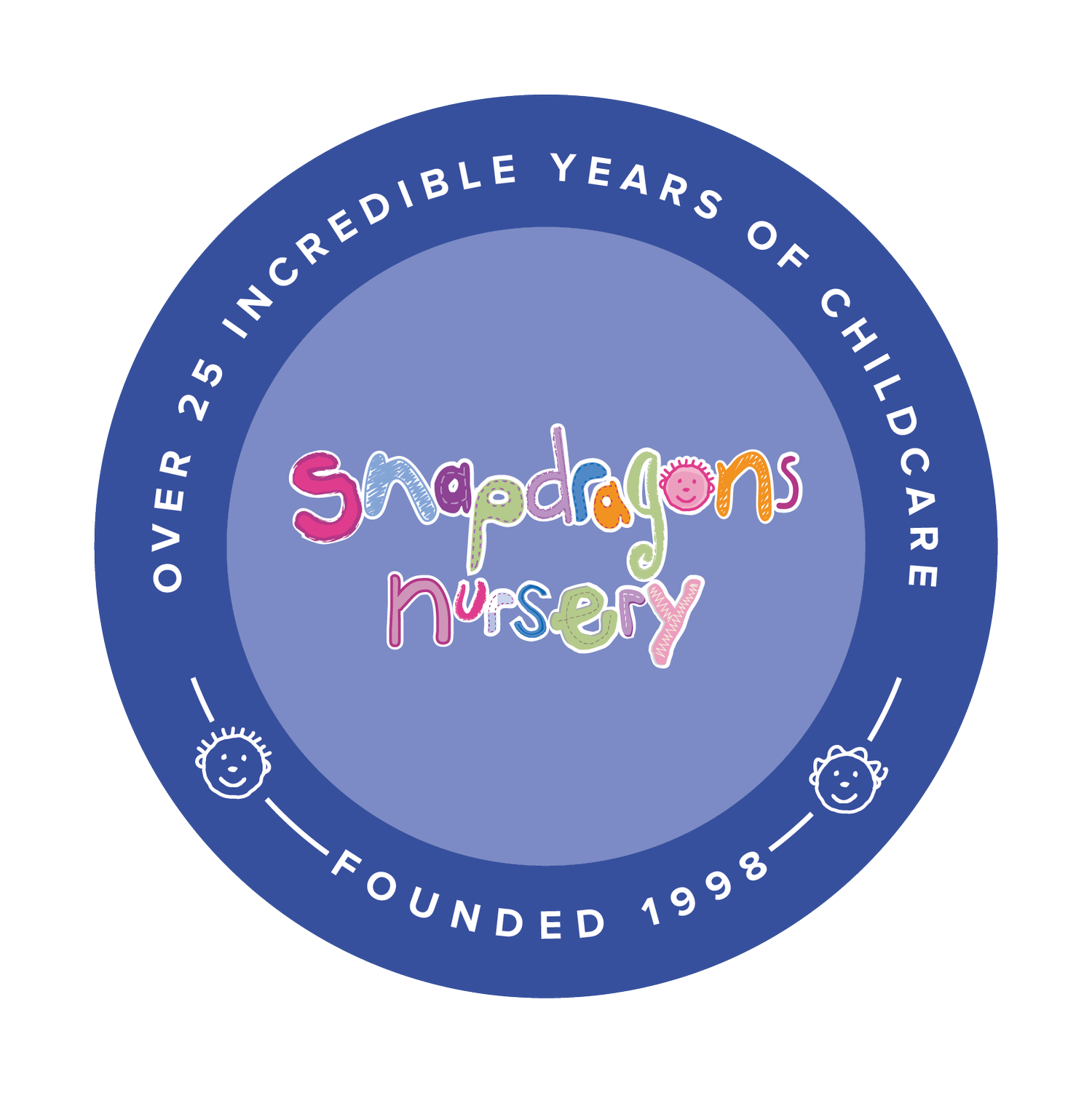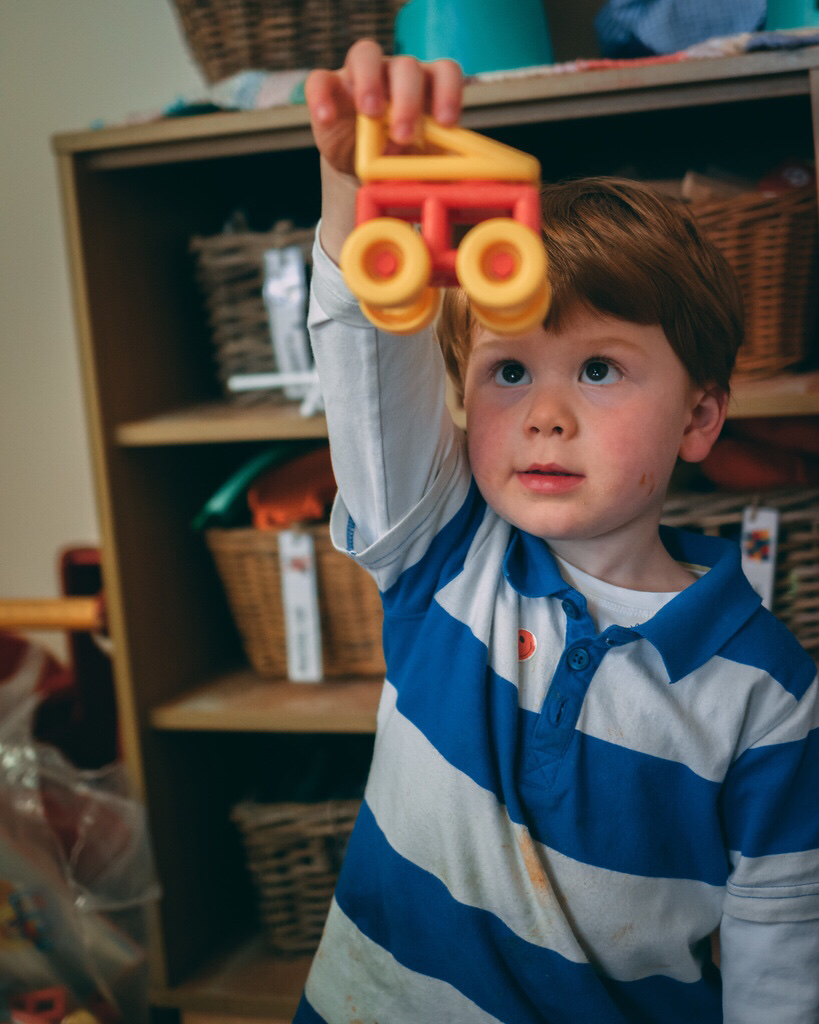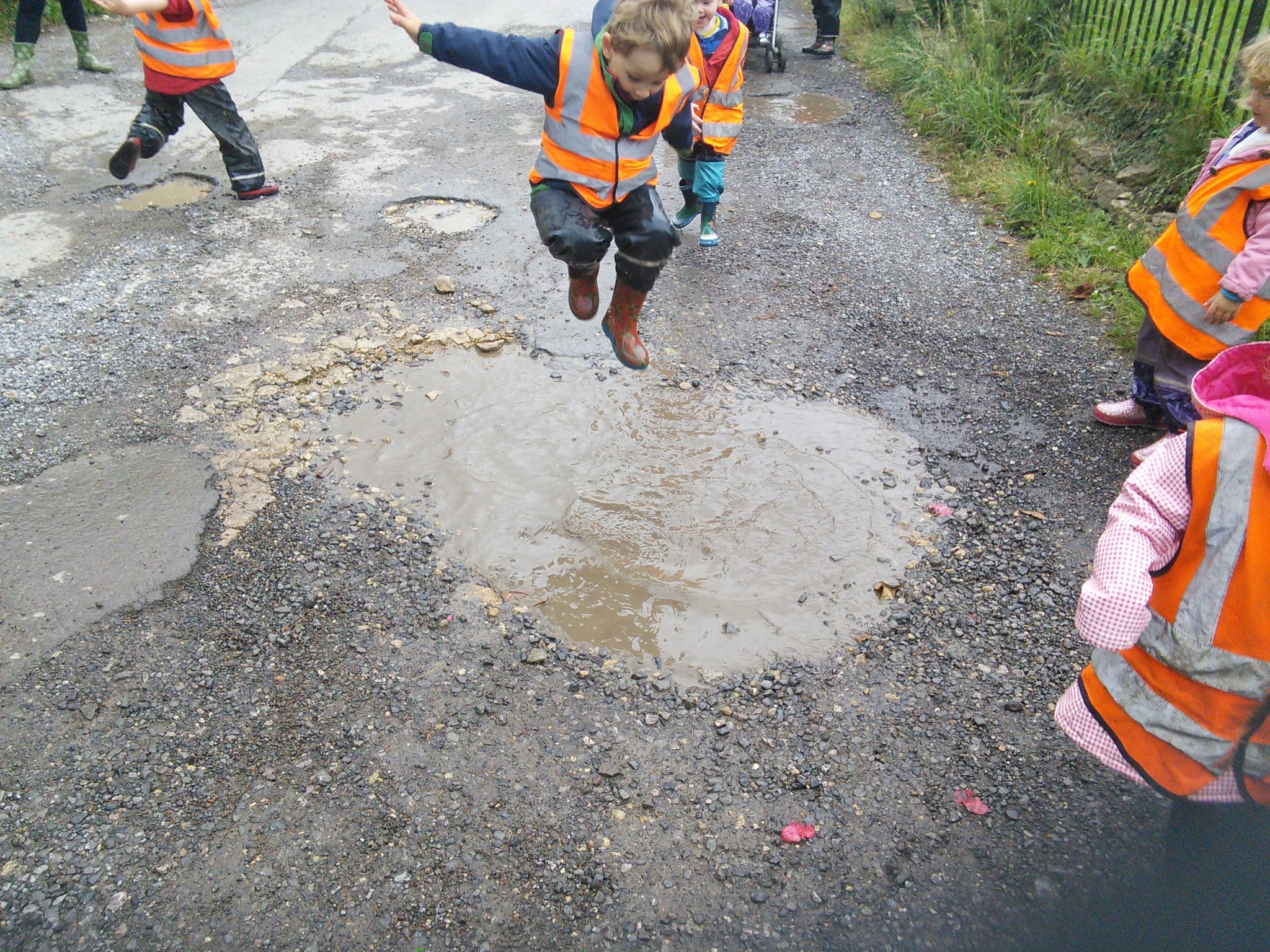
Constructing new ideas
Construction sets are always one of the most popular and well used resources in Nursery. One we have provided for many years is Mobilo. It contains multiple connectors and a variety of pieces of different sizes and shapes that give children enough scope to make choices and build many static and moveable models. This gives so many opportunities for learning across the early years curriculum.
Mobilo is a useful resource for many aspects of mathematics. The individual components contain different shapes so meaningful learning can be applied in the context of the children’s hands on play. When using the set, you can talk together about the shapes they have used or need more of, which work well and why, and use combinations of shapes to represent and symbolise other things.
The angled triangular pieces are frequently used for making space rockets and airplanes, as the children use them for the streamlined nose and for the wings. The most adept rocket builders use the connecters to angle and adjust the take off, flying and landing position of the wings.
The concept and language of size also emerges and can be developed through this form of construction play. The elements lend themselves to size description and comparison when talking about their choices and intentions and their ongoing or finished creations. Models may be simply big or small, but scope for talking about whether they are long, short, high or low, even wide or narrow can be developed through conversation whilst playing together. A recurring theme for our children is connecting up the long, flat rectangular pieces to build ladders for fire engines.
The flexibility of Mobilo really supports children’s creativity and imagination because they can make whatever they want to, and change it along the way. Our preschool children use the models they made to create toys to play with such as trains, cars and lorries. They quickly find out that the different connecters allow for a range of movements, some can create a bending motion, others let a piece rotate right around. Once this is discovered then helicopters and wind mills can be explored. Connecting pieces can also be used to make boundaries for toy animals.
Props for use in role play also become evident such as mobile phones, and items from their first hand experiences like thermometers, hammers and even necklaces. This really supports the children’s social interaction and language. The children’s fine motor skills are continually being challenged and developed due to the manipulative actions required to join the construction pieces together securely.
Some children like the challenge of using the activity cards and problem solving how to recreate the model shown in the picture by matching the exact shapes and colours and counting how many of each part they need. However it is the open ended nature of Mobilo that truly enables children to really extend their thinking, and engage in symbolic play where there are no limits to their ideas.
Splish, splash, splosh!
The other weekend, my husband and I were in charge of our grandchildren, Poppy, aged 4, and Parker, 22 months. Of course the weather helped by doing its best and poured all weekend, so any well-laid plans were hastily changed.
Wet weather gear was put on and out we went. I had forgotten the pure joy that jumping in puddles can bring. The grandchildren took great delight in finding the largest puddle and jumping as many times as it took to empty it. Squeals of delight and joyous laughter could be heard for miles.
The grandchildren then found some leaves and spent ages watching them float and being carried along until, eventually, they lodged at the edge of the puddle creating a dam. Sticks were then sought to extend the dam and then there were more squeals of delight when the dam burst and the water ran over their wellies.
Without realising it my grandchildren were learning so much and when we got home they talked endlessly about it. Questions about where the rain comes from, where does it all go, why is it that colour? Was it warm, how much water is there when it rains, can you drink it? The questions didn't stop.
As it was raining again the next day, water play was the plan; the children thought of ways of collecting the rain, ways to measure it, etc, to answer their own questions, mainly from Poppy the older grandchild. Parker was happy following his older sister in all her play.
All of this made me think, how we can support children's play with very few resources, using what is around us. Next time it's been raining, get outside and see what fun you can have. Dropping stones in a puddle to listen to the noise, seeing how big the ripple can be and what happens when you use bigger or smaller stones? Find some leaves and twigs to make small leaf boats that can float; use stones to make rapids on the river; think how and what we can collect water in, how we can re direct it, make it move slower or faster.
Next time I was in one of the nurseries, I checked to see how water was being used. One room were tipping, pouring, dripping water into a variety of different receptacles, the water had glitter in it to add another dimension. There was a range of alliterative vocabulary: "plop", "splish", "splash" and "splosh" as well as early maths language like "lots of", "more water", "big", "small", and lots of counting.
In another room, they were washing dolls in warm, bubbly water. Children were tenderly washing the dolls, keeping the bubbles away from their eyes. Washing the dolls' hair took a lot of skills, pouring the water on, making a lather and rinsing it off. Others were drying the dolls and dressing them and some children could be heard talking and singing to their dolls. So many skills from just a bowl of bubbly water.
Outside, children were making magic potions with water, leaves, sticks and feathers. In the mud kitchen, children were happily mixing dirt and water to make 'cakes'. One practitioner had filled trays with water and children were lining up to splash in the 'puddles'. Guttering was in use, children were making a track for the water to travel down. It was wonderful to see them working together, telling each other what to do, helping each other and developing the play. They decided to see how far the water could travel and soon worked out that sloping the guttering helped.
So, next time you look outside and it's raining, imagine all the endless fun you can have!
How much screen time?
We live in a fast-changing world and screen gadgets are a huge and ever increasing part of it. Just take a moment to think how many different screen gadgets are part of our daily routines. Phones, watches, iPads, televisions, monitors, games, the list goes on. Research tells us that screen time should be discouraged before the age of two and only a maximum of 30 minutes a day allowed for 3-5 year olds. Not long, when you add up a few minutes television whilst getting ready in the morning, letting them watch something on your phone in the car, FaceTiming granny to tell her about their day and sharing a few photos or videos on the iPad with them. Psychologists are becoming increasingly concerned about children over-using screen gadgets.
As parents, we need to question how much time we use our screens ourselves. Think about the number of times you 'just check' your phone. The average is 9 times per hour and 110 times in a day, with peak use between 5pm and 8pm. We don't like to be more than 2 metres away from our phones, physically.
So what's wrong with using screen gadgets?
A child needs a variety of stimuli whilst they are growing and developing and nothing can replace the physical one-to-one time of interaction with your child. Talking and finding out about their day, mimicking their first sounds when they are learning to talk, or reading a story.
If your child is not getting enough access to social interactions, the development of their ability to deal with social situations and read clues from them can be dulled, possibly for good.
The brain's frontal lobe decodes and comprehends social interactions, it helps us empathise, take in non-verbal clues, read facial expression, tone of voice and it helps us to understand relationships and their part in the world around us. During the brain's 'critical period' of development (thought to be birth to age 3) if your child is not getting enough access to social interactions, the development of their ability to deal with social situations and read clues from them can be dulled, possibly for good. Psychologists are concerned that children overusing screen gadgets become used to the instant gratification it gives the brain. The child's developing brain readily accepts the feelings of instant pleasure (dopamine). A pattern is learnt by the brain and mimicked, the child develops a habit.
Excessive screen time has been linked to childhood obesity. Recent research tells us that children who have limited screen time, consume fewer calories and are more mobile than children who do not have limited time.
Difficult bedtime routines?
We know that sleep is triggered by the hormone Melatonin which is linked to natural light dimming at the end of the day, telling the body to start the process of going to sleep. Bright lights that screens give off halt the natural process and inhibit sleep. Even a brief exposure of two minutes can delay the sleep process for two hours. Fragmented sleep, or too little sleep, makes us produce more of the hormone Gherlin, the hungry hormone and less of the energy hormone Leptin. This leads directly to weight gain. Poor sleep will impact on growth, immunity, blood pressure, memory, attention, ability to work something out and insulin levels. We know when we have been asleep for more than 5 hours the brain and body have a chance to rest and restore themselves. The active neurons rest and the supporting glial cells start the 'cleaning up process' to remove the toxins that have developed over the day.
So what can we do?
Recommendations are:
- have screen-free time
- encourage your child to turn the gadget off and play
- have screen rules: how long they can use them for and when is the latest they can use them
- preview the games and apps
- supervise your child
- discuss what they are watching
- eliminate background television noise
- use parental controls
- develop relaxing bedtime routines: calming bath and then a bedtime story
- make bedrooms screen free zones
- have family screen time, watch television together and have no other screens on
- remember the old saying, "everything in moderation" !










